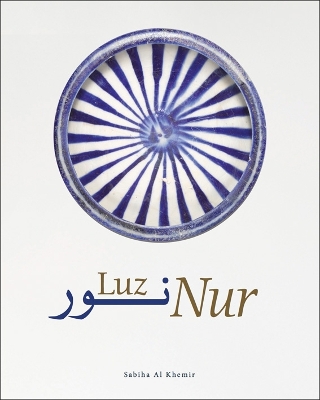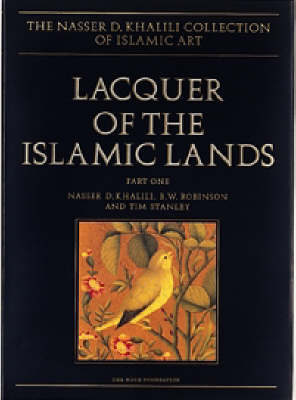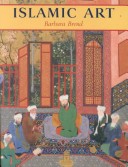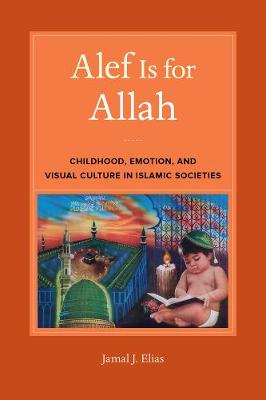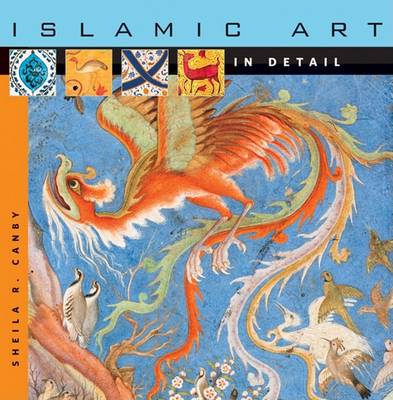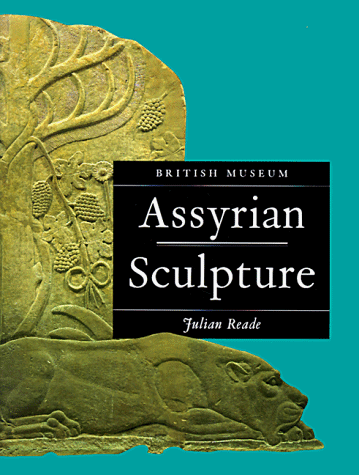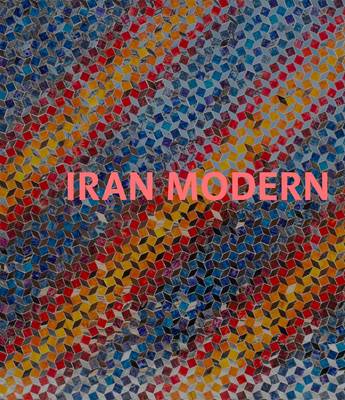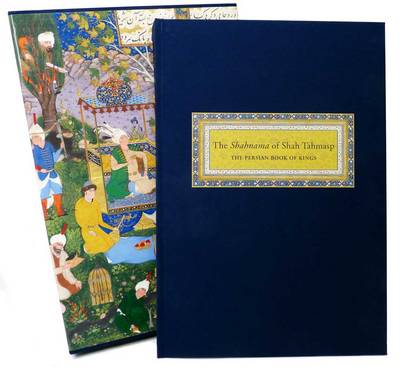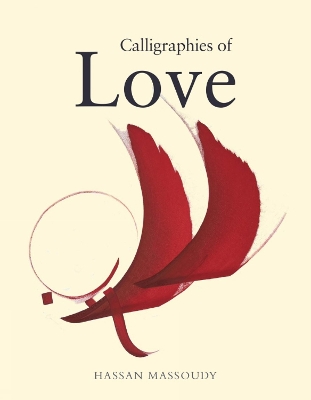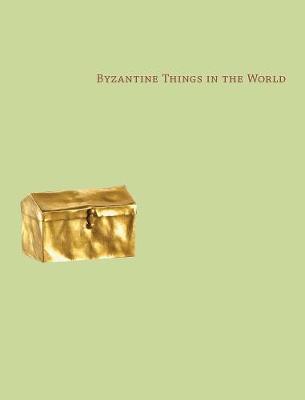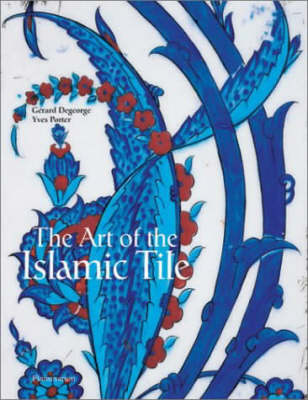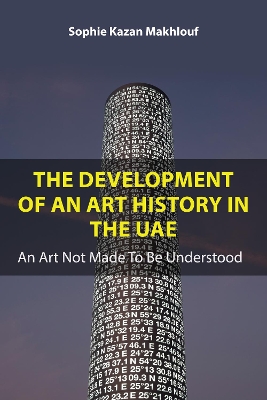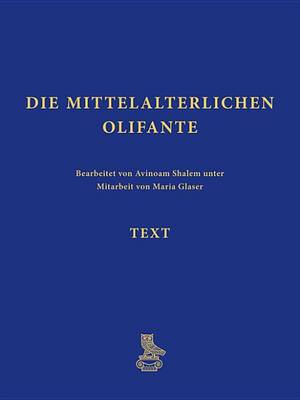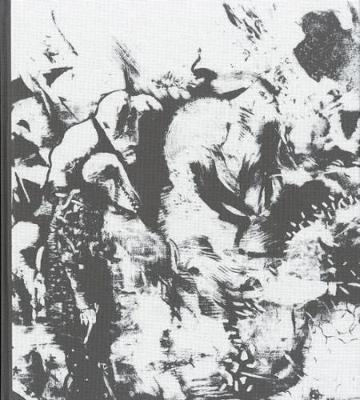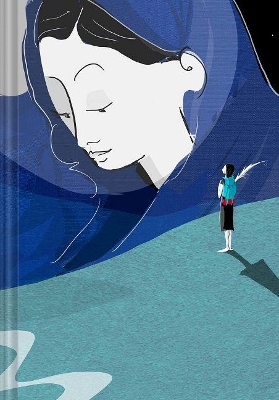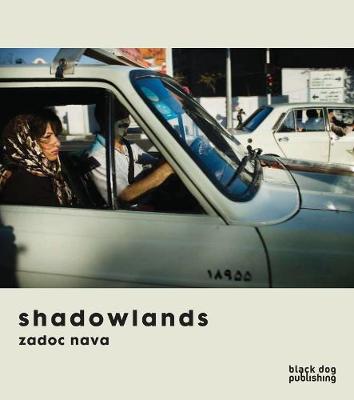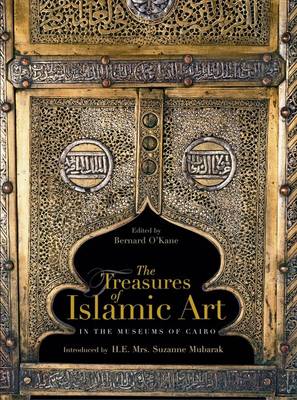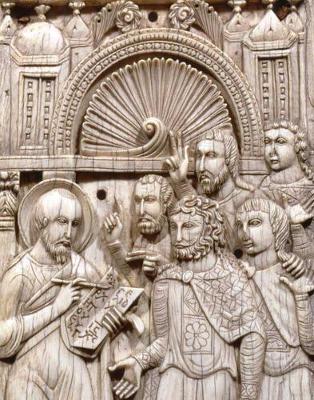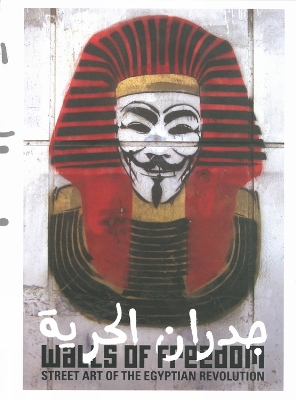Nur: Light in Art and Science from the Islamic World
by Sabiha Al Khemir
Nur: Light in Art and Science in the Islamic World explores the use and significance of light in Islamic art and science, revealing how light is a unifying motif in Islamic civilizations across the globe. Taking its starting point from the Arabic word for light, both in its physical and metaphysical sense, Nur is divided into two principal sections. The first is devoted to art and includes manuscripts illuminated with gold and colored pigments, luster-ware ceramics, metal objects with gold and...
From the Alhambra to the Taj Mahal, from the Dome of the Rock to the ever evolving art of calligraphy, Barbara Brend traces the development of classic Islamic art from the seventh through the twentieth century.The term "Islamic art" suggests a unity of style and purpose, and these works are in fact instantly recognizable for their subtlety of line and sumptuous detail. The Islamic world--from Arabia to North Africa and Spain, from Turkey to Central Asia and India--has a shared cultural heritage...
The Armenian Gospels of Gladzor – The Life of Christ Illuminated
by Thomas F. Mathews and Alice Taylor
The book discusses a fourteenth century Armenian manuscript, introducing its illuminators and examining its place in Western European, Byzantine and Islamic artistic traditions. The book reproduces sixty pages of one of the most significant Armenian manuscripts in a United States collection(UCLA). Publication and exhibit, at The Getty Museum, Los Angeles, September 12 - December 2 2001, commemorate the 1,700th anniversary of the founding of the Armenian Church.
Alef Is for Allah is the first groundbreaking study of the emotional space occupied by children in modern Islamic societies. Focusing primarily on visual representations of children from modern Turkey, Iran, and Pakistan, the book examines these materials to investigate concepts such as innocence, cuteness, gender, virtue, and devotion, as well as community, nationhood, violence, and sacrifice. In addition to exploring a subject that has never been studied comparatively before, Alef Is for Allah...
How do we know Islamic art? What tells us that images and artifacts are products of the Muslim world, a culture that has historically extended from Spain to Southeast Asia and spanned a period from A.D. 622 to our day? This exquisitely and extensively illustrated book allows readers to identify those elements and themes that define art forms as Islamic, and to examine them in works of painting and metalwork, in calligraphy and manuscripts, ceramics, glass, wood, and ivory comprising one of the m...
For almost three centuries, until 612 BC, the small kingdom of Assyria dominated the Middle East, its empire at one point extending from Iran to Egypt. The story of those years - the triumphs of the Assyrian kings in war and peace, their exploits in the hunting field, and the gods who watched over them - were recorded in stone on the walls of a succession of royal palaces. These sculptures, offering eye-witness views of a long-lost civilization, were not rediscovered until the nineteenth century...
Iran Modern (Asia Society)
Supported by a thriving art market in the Persian Gulf, interest in Iranian modern art has intensified in recent years. Iran Modern offers a timely exploration of the cultural diversity and production of avant-garde art in Iran after World War II and up to the revolution - from 1950 through 1979. Generously illustrated, this volume provides a new understanding of global interconnectedness not yet addressed in art historical accounts. Ten essays by distinguished scholars of art and history elucid...
One of the most voluminous epics of world literature, the "Shahnama" (or "Book of Kings") narrates the history of the ancient kings of Iran, from their mythical beginnings to the Arab conquest in 651 A.D. Although illustrated copies of the poem were commissioned by numerous Iranian kings, the "Shahnama of Shah Tahmasp" (reigned 1524-1576) is arguably the most important and beautifully-illustrated version ever produced. It was created by two generations of the most renowned early-16th-century art...
Inspired by timeless poems from around the world, Hassan Massoudy's calligraphy takes us on a visual journey through love in its many forms. Through his signature broad strokes and vibrant colours, this master calligrapher brings to life the words and wisdom of some of our greatest poets, from Ibn Zaydoun and Rumi to Kahlil Gibran, John Keats and Paul Eluard. Beautifully designed and illustrated throughout, Calligraphies of Love is the perfect gift for lovers, poets and dreamers.
Byzantine Things in the World (Menil Collection (YUP))
How did Byzantine culture understand its own objects we now call “art”? This enlightening publication proposes that they saw and experienced clay pilgrim tokens, relief stamps, and icons of saints as dynamic and fully active and alive in the world. The materials used and the sensory impressions they created were an integral part of the Byzantine God-saturated world. Gold was considered a living material and tokens from locations associated with a saint’s physical life extended his or her presenc...
This book draws together an oral and visual art history of a country that is extremely rich in culture and history but that is often overlooked or underestimated. By observing the country’s history and visual culture and the artistic practices of select artists from the UAE, it considers the development of contemporary art from the UAE. This will increase accessibility to art by Emiratis and underline its wider relevance. There is a dearth of literature on contemporary art by Emiratis, and this...
Die Mittelalterlichen Olifante (Die Elfenbeinskulpturen)
by Avinoam Shalem
Ali Banisadr's first major monograph delves into the Iranian painter's influences and practice. Preeminent Iranian-American artist Ali Banisadr's canvases depict a complex swirl of action and abstracted figuration across a stagelike picture plane. Varied histories inform these paintings, ranging from the artist's synesthesia, to Persian miniatures, to the multi-figure works of Brueghel and Bosch, and the gestural imaginations of Willem de Kooning and Max Ernst. Born in Tehran in 1976, Ali Bani...
Wael Shawky. Al Araba Al Madfuna
by Carolyn Christov-Barkagiev, Shahira Issa, and Jessica Morgan
Infuse your journaling journey with mystical inspiration with this luxuriously crafted journal perfect for seekers and thinkers. LINED - 128 PAGES This journal is part of a series featuring art by renowned artist Josh Baum from the book Malkah’s Notebook: A Journey into the Mystical Aleph-Bet, written by Mira Z Amiras. Part bedtime story, part poem, part journal, Malkah’s Notebook is a love letter to the Hebrew alphabet that unlocks life’s greatest mysteries. Mira Amiras is also the writer a...
Zadoc Nava is a British photographer and filmmaker, this book focuses on his most recent photographic series, Shadowlands, which documents life on the streets of Tehran. Reflecting a mood of uncertainty and melancholy, the images reveal a glimpse of ordinary life in the neighborhoods of what is remarkably turning into one of the world’s most documented cities. Shadowlands is punctuated by images of the monumental, propagandist street-art and religious posters that dominate the city. The photos...
Cairo’s museums are home to some of the richest collections of Islamic art in the world. Long the seat of great dynasties, whose rulers and descendants both amassed and patronized works of art, Cairo’s status as one of the wealthiest and most populous cities of the medieval world is reflected in the exiquisite arts and crafts that make up its collections, which expanded in the twentieth century through the purchase of private collections so that they now include not just the arts of the dynastie...
Chaouki Chamoun is one of the Middle East's most renowned artists. Born in Sariine Tahta, the Bekaa Valley of Lebanon in 1942, he studied architectural drawing at night school, then joined the Lebanese University where he won art scholarships to Syracuse University and later to New York University. Through more than thirty oneman shows and over fifty group exhibitions, his work has continuously evolved in search of a new aesthetic vocabulary. With over 300 plates to illustrate his story, Chamoun...
This groundbreaking volume explores the epochal transformations and unexpected continuities in the Byzantine Empire from the seventh to the ninth century. As the period opened, the Empire's southern provinces—the vibrant, diverse areas of North Africa and the eastern Mediterranean—were at the crossroads of trade routes reaching from Spain to China. These regions experienced historic upheavals when their Christian and Jewish communities encountered the emerging Islamic world, and by the ninth cen...
The Israel Museum in Jerusalem is world-famous for its collections of Judaica, Near Eastern archaeological artifacts and rare books, including the "Dead Sea Scrolls". Less known are the museum's Impressionist and Post-Impressionist paintings and sculpture, brought together over the past 40 years by a staff of dedicated curators and a group of generous donors. These fine works include paintings by such important Impressionists as Eugene Boudin, Camille Pissarro, Edgar Degas, Auguste Renoir, Claud...
